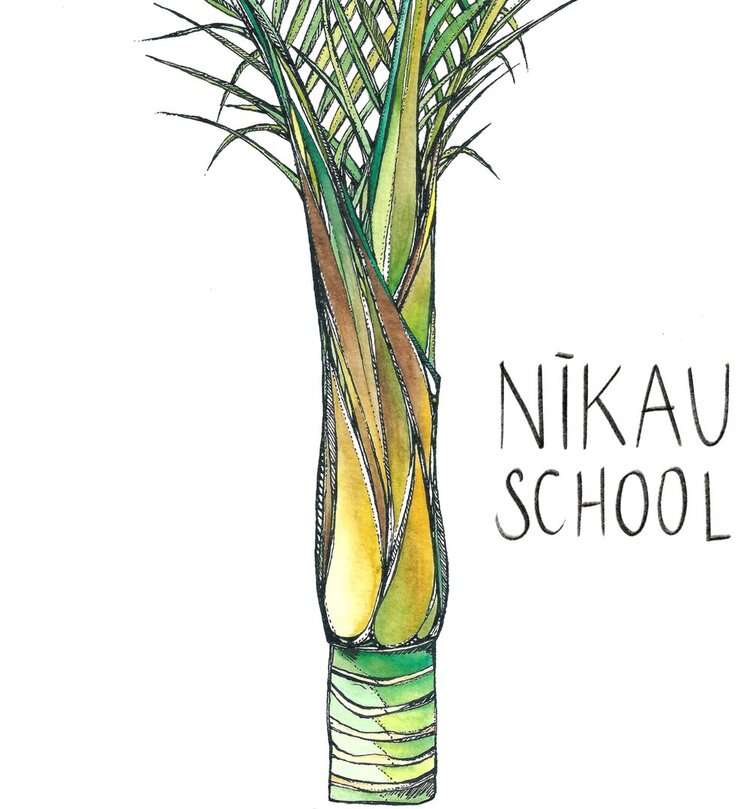When choosing an alternative education path for your child, two well-known approaches often come up: Montessori and Waldorf Steiner education. Both philosophies offer holistic, child-centred learning experiences that differ significantly from traditional schooling. But what are the actual similarities and differences between Montessori and Waldorf in the elementary years (ages 6–12)?
In this post, we’ll explore how these two respected educational approaches compare in terms of curriculum, teaching methods, environment, and child development focus—with a particular emphasis on the Montessori elementary approach, as practiced at Nīkau Montessori School.
Shared Philosophy: Respect for the Whole Child
Both Montessori and Waldorf education believe in educating the whole child—emotionally, socially, intellectually, and physically. These approaches:
Value creativity, imagination, and self-expression
Emphasise hands-on learning and real-life experience
Avoid early academic pressure or standardized testing
Foster a love of learning through developmentally appropriate methods
Promote strong teacher-student relationships that span multiple years
Key Differences Between Montessori and Waldorf in Elementary
While both philosophies value the whole child, their methods and priorities differ. Here’s how Montessori and Waldorf education compare during the elementary school years (6–12 years):
1. Approach to Learning & Curriculum
Montessori Elementary Education:
Based on cosmic education: a broad, integrated view of knowledge that shows how everything in the universe is interconnected.
Children are introduced to "Great Stories" that spark interest in history, science, language, and math.
Emphasizes independent research, critical thinking, and real-life application.
Mixed-age classrooms (typically 6–9 and 9–12) foster peer learning and collaboration.
Learning is self-paced and child-led, with guidance from trained Montessori guides.
Waldorf Steiner Education:
Based on developmental stages, with a strong emphasis on imagination and storytelling.
Rich use of art, music, drama, and movement to support academic learning.
Teachers guide a main lesson block system—focusing deeply on one subject over a few weeks.
Curriculum is teacher-led, with more structured timing and flow.
Emphasis on oral storytelling, especially in early elementary, with writing and reading introduced later.
2. Environment & Materials
Montessori:
Classrooms are carefully prepared with concrete, self-correcting materials.
Children choose their own work and engage in long uninterrupted work cycles.
The environment encourages freedom within limits and supports independence.
Materials are real-life and hands-on, especially in subjects like math, geometry, biology, and grammar.
Waldorf:
Environments are aesthetic and artistic, with a focus on natural materials like wool, wood, and beeswax.
Learning is guided through teacher-led activities, often involving songs, poems, and artistic projects.
Children often create their own main lesson books as a personal record of their learning.
Technology and media are typically delayed until later years.
3. Role of the Teacher
Montessori Teacher (Guide):
Acts as an observer and facilitator, rather than a direct instructor.
Gives individual or small group lessons, allowing children to follow their own learning path.
Emphasizes intrinsic motivation, choice, and independence.
Waldorf Teacher:
Acts as a storyteller and leader, delivering much of the content through rich narrative.
Often stays with the same class for several years, creating a strong bond.
Places a focus on rhythm and routine, supporting the child’s emotional development.
Which is right for your child?
Choosing between Montessori and Waldorf Steiner education depends on your child’s personality, your family values, and what kind of learning environment you feel aligns best with their development.
If your child thrives in self-directed learning, enjoys exploring big ideas, and benefits from independence, a Montessori elementary programme may be the perfect fit.
If your child is drawn to imaginative play, creative expression, and teacher-guided structure, you may resonate more with a Waldorf approach.
Montessori Elementary at Nīkau Montessori School
At Nīkau Montessori School, our Montessori elementary programme (ages 6–12) offers:
A beachfront, nature-rich learning environment
Passionate AMI-trained guides
A hands-on, integrated curriculum rooted in cosmic education
Weekly excursions, physical education, and community involvement
A nurturing, mixed-age classroom that fosters leadership, collaboration, and curiosity
We invite you to come and observe our classroom in action and see what makes Montessori education such a powerful and joyful experience for children in their second plane of development.
